The week at a glance
- Common Yellowthroat still in Gwent
- Northern Waterthrush still on Scilly
- Spanish Sparrow still in Hampshire
- Laughing Gull in Cumbria
- Alpine Swift in Cornwall
- Widespread arrival of Wheatears, Sand Martins, Little Ringed Plovers and Garganey
With weather conditions remaining settled and temperatures generally above average for the time of year, birders could be forgiven for believing the seasons had well and truly shifted. Sure enough, the birds seemed to think so too: a widespread arrival of migrants occurred across much of the southern half of Britain and Ireland throughout the week, although many of the winter's star birds continued to linger on.
Yet again, the Common Yellowthroat at Rhiwderin (Gwent) proved the star of the show: it continued to dance around hedgerows throughout, and was reported with greater regularity than the week before. Also reported with surprising regularity was Scilly's Northern Waterthrush, which was still at Lower Moors, St. Mary's throughout. As the days lengthen, dippers from autumn 2011 seem to be gathering confidence: the weekend marked the first attempts by off-island twitchers to see the bird, at which they succeeded. Congratulations to all those who bit the bullet after being continuously taunted by the "still present" message for the past four months.
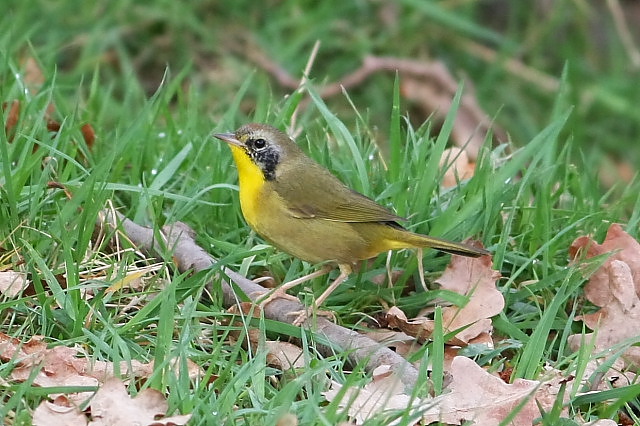
Common Yellowthroat, Rhiwderin, Gwent (Photo: Peter Moore)
Although there was a lack of news of the New Forest's Dark-eyed Junco (positive or negative), the male Spanish Sparrow could still be found flirting with local House Sparrows in the usual hedgerow at Calshot (Hants) all week. It remains to be seen whether his Latin charm will pay off.
After murmurings of a Rock Thrush last week, this week's 'big tease' was a distant brown blob on the sea off Bamburgh (Northumberland) during the afternoon of 20th, which was felt to be a decent candidate for a female Harlequin Duck. However, the bird soon flew off north and, in such an expansive area, chances of a relocation seem slim (remember how that Bridled Tern managed to vanish in 2010?).
Four Snow Geese were equally split between white and blue. A white morph was again with a small party of Greenland White-fronted Geese on the Myroe Levels (L'derry) on 19th, with another still with Greylags at Douglas Water (Clyde) to 20th. The Cumbrian blue morph toured a number of sites, last being seen near Skinburness on 18th, while the Fermanagh individual was again noted at Lower Lough MacNean on 21st. The adult Ross's Goose was last reported near Forth (Clyde) on 15th.

Ross's Goose, Forth, Clyde (Photo: John McInnes)

Snow Goose, Abbeytown, Cumbria (Photo: Sam Northwood)
Four Red-breasted Geese reduced to two: long-stayers hung on in the Loaningfoot (Dumf & Gall) area to 21st and again at Old Hall Marshes (Essex) on 18th. Although there was no news on the Mullet bird, the Todd's Canada Goose was seen again at Caerlaverock Castle (Dumf & Gall) on 15th. A sole Richardson's Canada Goose remained at Ballyconnell (Sligo), and an apparent Cackling Canada Goose was among the Canadas at Slimbridge until the week's end. Just two Black Brant reports came from South Slob (Wexford) and Pagham Harbour (W Sussex).

Red-breasted Goose, Old Hall Marshes RSPB, Essex (Photo: Pixellence)
Just three American Wigeon were noted during the week: the drake was still near Bay of Suckquoy (Orkney) on 19th, and ever-present individuals were also still at Angler's Country Park (W Yorks) and on Exminster Marshes (Devon). An elusive female Blue-winged Teal was reported at Walmsley Sanctuary from 18th, although it had apparently been present at least two days prior to the news' filtering out. Green-winged Teal were scattered widely: new drakes were at Ballykelly (L'derry) and Broom Gravel Pits (Beds) on 16th, with another on North Ronaldsay (Orkney) on 18th. Others remained at Mersehead (Dumf & Gall), Dorman's Pool (Cleveland), Maldon (Essex), and Tacumshin (Wexford), while the Belclare Turlough (Galway) individual popped up again. Garganey are now very much widespread, with many wetlands across south and central areas laying claim to small groups of birds.
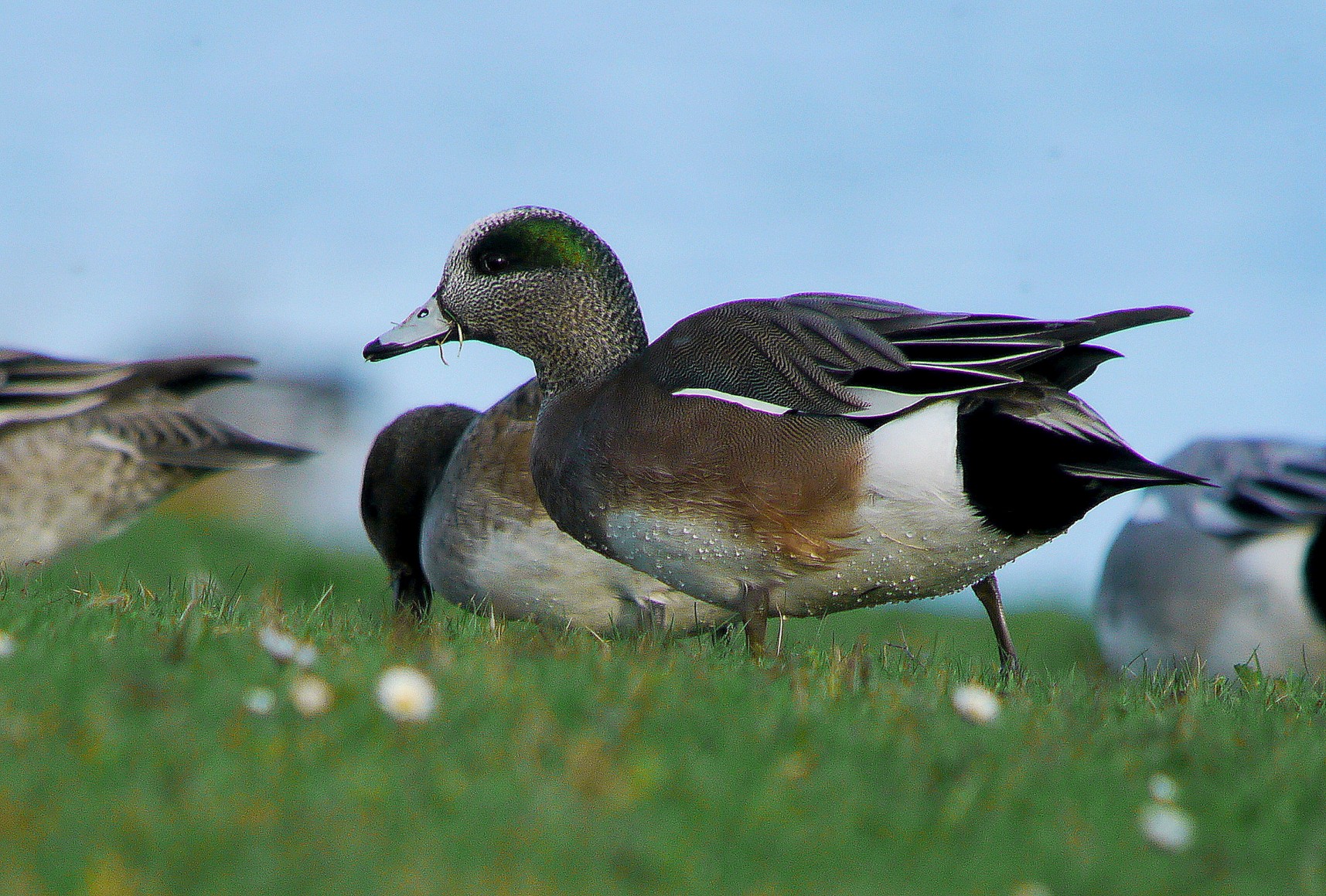
American Wigeon, Wintersett Reservoir, West Yorkshire (Photo: Justin Carr)

Garganey, Middleton Lakes RSPB, Warwickshire (Photo: Phil Carter)
The drake Lesser Scaup was still at Chew Valley Lake (Somerset) to 20th, with locals there surprised by the reappearance of the Cosmeston Lakes (Glamorgan) individual on 15th. This would suggest that, contrary to what was reported last week, the latest Chew bird is probably the Cornish individual also seen at Chew on 23rd February! More straightforward were remaining birds at Slimbridge (Glos) and St. John's Loch (Highland). An upsurge in female Ring-necked Ducks included a female flying up the River Lee in Cork City on 15th — presumably this is last year's bird returning. Others were still at Knockaderry Lake (Waterford), Killadoon (Mayo) and Loch Fada, Benbecula (Outer Hebrides); the South Yorkshire individual was relocated on small pools near Blaxton on 21st. Two drakes at Loch Davan (Aberdeenshire) on 18th (one remaining to 20th) could quite feasibly be the Dorset duo, which were last noted at Portbury Wharf on 27th February. More settled were those still at Lough Money (Down), Par Beach Pool (Cornwall) and Fleetwood (Lancs).

Ring-necked Duck, Lough Money, Down (Photo: Derek Charles)
An impressive four Surf Scoters, including three drakes, were noted in Colwyn Bay (Conwy) among an ultra-raft of some 25,000 Common Scoters on 18th, with lesser numbers noted on surrounding dates. The female was still off Morfa Nefyn (Gwynedd) on 15th and the young drake remained in Mount's Bay (Cornwall) all week. A White-billed Diver off Portsoy (Aberdeenshire) on 17th–19th gives hope to local birders that a repeat of last spring's congregation at this site may be on the cards.
Following the early arrival of several birds last week, it was almost a little disappointing that just one new Night Heron could be unearthed this time out: an adult was briefly at a small pool on the edge of St. Ives (Cornwall) on 19th. At least one adult and the first-summer were still at Woolacombe (Devon) to 20th, with Cornish adults also still at Polgigga duckpond and Kenidjack Valley for much of the week.
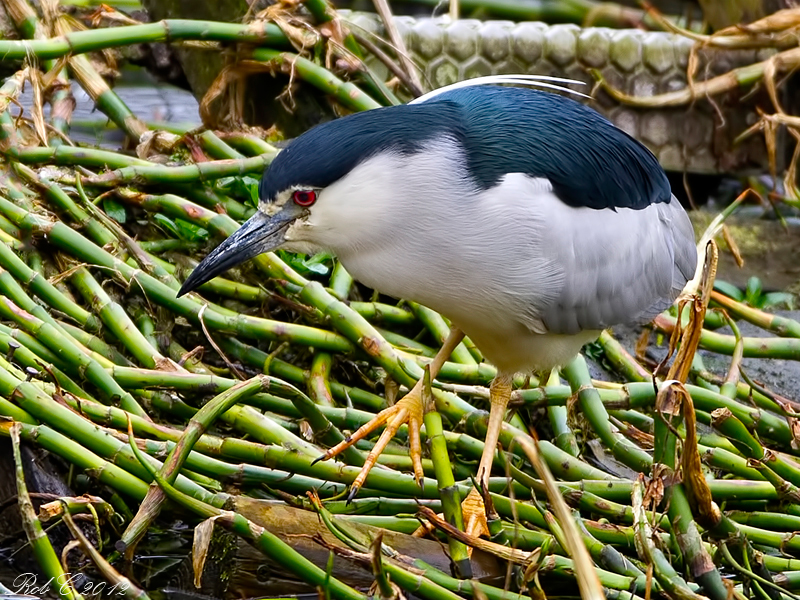
Night Heron, Woolacombe, Devon (Photo: Rob Cross)
Night Heron, Polgigga, Cornwall (Video: chippler01)
A Cattle Egret at Theale Gravel Pits (Berks) from 20th was a good county record, and another at Brading Marshes (IoW) on 15th had apparently been present for a few weeks. The Lydney (Glos) individual was again noted from 18th, and the Dorset bird was still at Kingston Maurward throughout. A dozen British Great White Egrets did not include any multiple counts from single sites; an Irish individual was still in the Ballycarney (Wexford) area. A ringed White Stork was an eleventh-hour arrival to new RSPB floods at Adwick-upon-Dearne (S Yorks) on 21st.

Cattle Egret, Kingston Maurward, Dorset (Photo: Mike Trew)
Glossy Ibises continued to be found. New singletons were reported at Nettleton (Lincs) and at Mullaghmore Lake (Galway) from 17th, the latter having been present for several days. Two at Brading Marshes (IoW) on 15th were perhaps those seen the previous evening at Queen Elizabeth II Reservoir (Surrey) and last week on the Nene Washes (Cambs), while the four east Norfolk birds moved to Cantley Marshes from 17th. Three were still at Marloes Mere (Pembrokeshire), twos were still at Radipole Lake (Dorset) and Stodmarsh (Kent), and singles still in Cleveland, Lancashire, Suffolk and Cork.

Glossy Ibis, Mullaghmore Lake, Galway (Photo: Tom Cuffe)
An apparent Saker was seen at Steyning (W Sussex) on 21st: as always, there will be lingering doubts over both provenance and purity unless it shows well and wears Bulgarian memorabilia. Less controversial was the Pallid Harrier still roosting at Lough Corrib (Galway) on 17th. A reduced number of Rough-legged Buzzards included birds in West Sussex, Kent, Norfolk, Cambridgeshire, South Yorkshire, Cumbria and Shetland.

Pallid Harrier, Lough Corrib, Galway (Photo: Dermot Breen)
In Ayrshire, the Pectoral Sandpiper seemed very much settled once more around the pools at Dundonald Camp, lingering there all week and no doubt enjoying the milder conditions. The first-winter Spotted Sandpiper was again noted at Stanpit Marsh (Dorset) on 17th — presumably a lack of coverage is to blame for the fortnight-long gap between reports? More reliable was the adult at Chew Valley Lake, which was still wagging its way around the margins of Herriott's Pool throughout.

Pectoral Sandpiper, Dundonald Camp, Ayrshire (Photo: John Nadin)
Present all week, the Greater Yellowlegs is rapidly becoming part of the furniture at Loch of Strathbeg (Aberdeenshire). Perhaps this bird will 'do a Dutch': another Greater Legs has been resident in Zeeland, the Netherlands, since October 2010 (and was still there on 18th March)! Not far behind in the longevity stakes was the Cornish Lesser Yellowlegs, which was still at Kingsmill Lake throughout.
A Long-billed Dowitcher at Greylake (Somerset) on 17th eventually joined a second individual at nearby Meare Heath on 20th. These must be the two that spent the first half of the winter at Chew Valley Lake before making several appearances in Dorset. Although their movements are no doubt weather- and food-related, their apparent spontaneity must be keeping the region's patchers on their toes: where will they show up next?! Two were also still touring southeast Wexford throughout the week, and the Wigtown (Dumf & Gall) bird again showed up on 21st.
Iceland Gull numbers continued to dwindle. At least 50 birds were still around Lerwick (Shetland) on 17th, with over 30 also still at Kylescu (Highland). The big flocks around Marwick (Orkney) seem to have dissipated, although there were still seven Glaucous Gulls there on 18th. No reports were received from either Killybegs (Donegal) or Stornoway, Lewis (Outer Hebrides) during the week.

Iceland Gull, Gannel Estuary, Cornwall (Photo: Tom Whiley)
A first-winter Laughing Gull was a truly excellent find around Dalton-in-Furness (Cumbria) on 17th–20th. Cumbria managed to miss out on the big invasion of 2005/06, so the Dalton bird, the first county record since 1984, was appreciated by a wide audience. A fairly unremarkable showing of 17 Ring-billed Gulls included four birds at the traditional spring staging site of Cuskinny Marsh (Cork), with two also still at Blennerville (Kerry). Of the five British records, a regular first-winter at Drift Reservoir (Cornwall) throughout was most notable. Others were in Argyll (2), Forth and Hampshire. In Warwickshire, a possible second-winter Azorean Yellow-legged Gull was again noted in the Draycote Water roost.

Laughing Gull, Dalton-in-Furness, Cumbria (Photo: Natasha McFarlane(aged 14))
Last week's Hoopoe in Lowestoft (Suffolk) was seen again on 15th. Another at Whiting Bay (Waterford) on 18th was a surefire new arrival, as was the Alpine Swift that spent an afternoon zooming around over Lizard village (Cornwall) on 18th. More familiar were the female Siberian Stonechat still at South Slob (Wexford) and the Black-bellied Dipper still along the River Aire in Shipley (W Yorks).
A strong arrival of Wheatears during the first half of the week was to be anticipated given prevailing weather conditions, with birds making it as far north as Highland. Also widespread were Sand Martins and Little Ringed Plovers, although the latter seem to be arriving a little more slowly than normal. A small wave of intrepid Willow Warblers made it as far north as Cheshire, with the odd Ring Ouzel also being seen. There were single records of Whitethroat, Tree Pipit and Common Redstart.

Northern Wheatear, Minsmere RSPB, Suffolk (Photo: Jon Evans)
After an extended news-free period, interest seems to have been rekindled in the Hume's Leaf Warbler at Wyke Regis (Dorset): it was reported regularly throughout the week, as was the nearby Richard's Pipit. The Paddyfield Warbler was still at Pagham Harbour (W Sussex) to 18th when reports suddenly ceased — has it gone, or is it simply a case of no-one looking? Yellow-browed Warblers remained at Carnon Downs (Cornwall), Exmouth (Devon), Worthing (W Sussex) and Warndon (Worcs).
A couple of Rose-coloured Starlings hung on at Muirhead (Ayrshire) and Hordle (Hants) throughout; no doubt many will be hoping they linger a little longer and obtain a rather fetching summer plumage. Everybody's favourite Crow was still along Cobh (Cork) seafront on 21st.

Rose-coloured Starling, Muirhead, Ayrshire (Photo: Bruce Kerr)
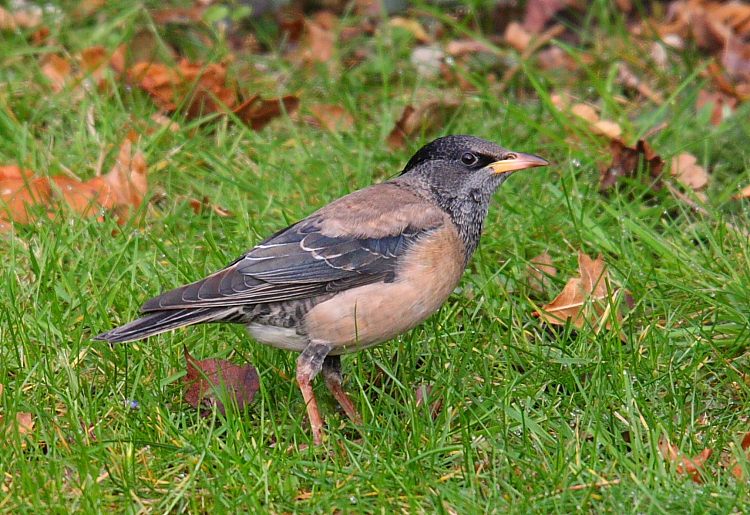
Rose-coloured Starling, Hordle, Hampshire (Photo: Joe Stockwell)
A solid showing of at least 34 Great Grey Shrikes included a number of new, reorientating birds. There were five Welsh and four Scottish records, with the rest coming from England. The latter included two again at Thursley Common (Surrey), several records from the New Forest (Hants), and new birds in Cambridgeshire and Leicestershire.

Great Grey Shrike, Layham Pits, Suffolk (Photo: John Richardson)
In Norfolk, the Coues's Arctic Redpoll was still around the visitor centre at Titchwell — surely not long before lift-off? After the Rustic surprise last time out, another semi-rare bunting made an appearance this week. This time it was a Little, trapped at South Milton Ley (Devon) on 19th and seen on and off there until 21st. As with the aforementioned species, March seems to be a good time for Little Buntings — no doubt birds that have wintered in Western Europe and are heading back north (east). Perhaps, with a little optimism, we could expect something a little more exciting in the next few weeks...?
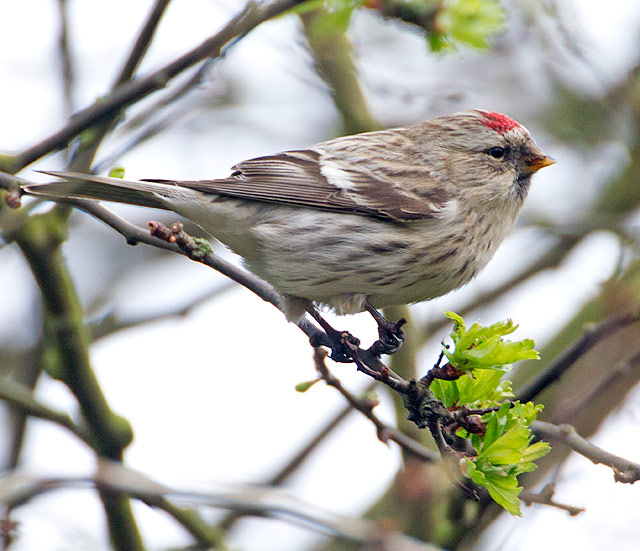
Coues' Arctic Redpoll, Titchwell RSPB, Norfolk (Photo: Chris Upson)
Photo of the Week: 15th–21st March

Jay, Hampton, Worcestershire (Photo: Mark Hancox)
A real eye-catcher from bird photographer Mark Hancox made our Photo of the Week selection easy this week. The list of attributes that make this a such strong image is extensive: interesting subject behaviour/appearance, great pose/expression, strong eye contact, low shooting angle, inclusion of water, isolation from background, colour rendition/contrast, pin sharpness, off-centre subject placement, use of Rule of Thirds/Quarters, and so on. Top-notch photography.
Other notable photos

American Avocet, United States (Photo: Alex Woodruff)
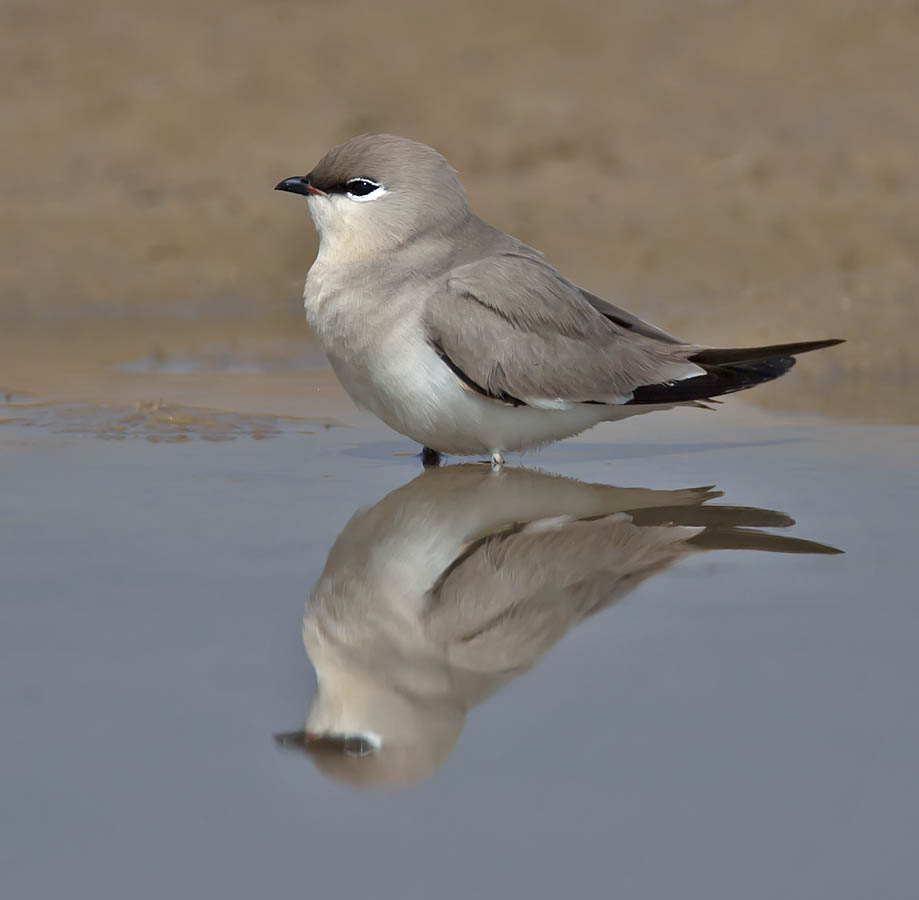
Small Pratincole, India (Photo: John Anderson)

Sparrowhawk, undisclosed site, Dumfries & Galloway (Photo: Steve Knell)
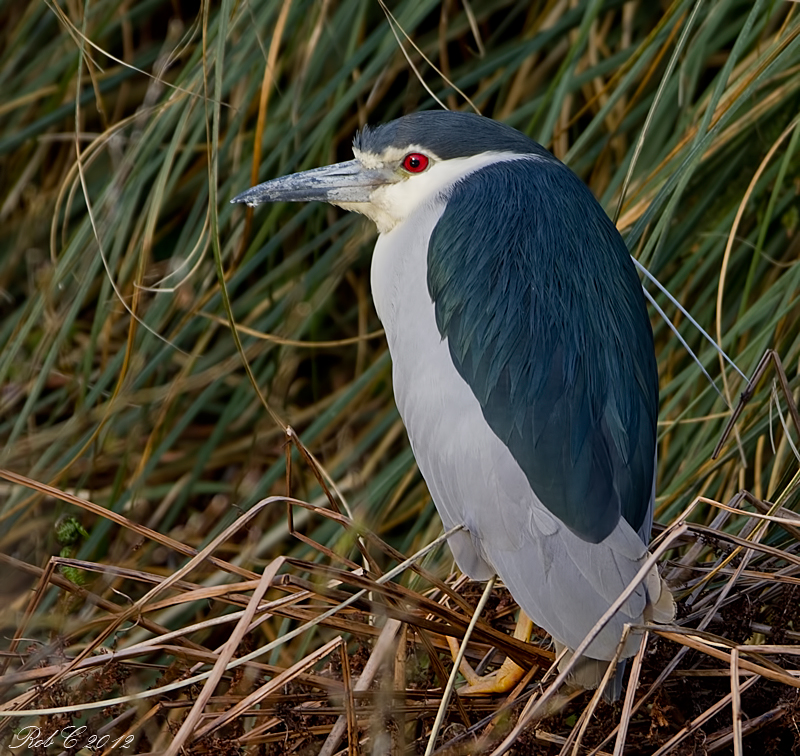
Night Heron, Woolacombe, Devon (Photo: Rob Cross)

Hawfinch, private site, Lancashire (Photo: Mr Phillip Tomkinson)

Ptarmigan, undisclosed site, Highland (Photo: Marcus Conway - ebirder)

Dipper, undisclosed site, Lothian (Photo: Mike Thrower)

Southern Grey Shrike, Canary Islands (Photo: Lee Johnson)

Canada Goose, undisclosed site, Shropshire (Photo: Paul Burgess)

Skylark, undisclosed site, Cheshire (Photo: Gerhard)

Blue Tit, undisclosed site, Bedfordshire (Photo: Tom Melton)

Goldcrest, undisclosed site, Cheshire (Photo: Steve Dolan)

Fulmar, Ballintoy, Antrim (Photo: Ian Dickey)

Blue Rock Thrush, Malta (Photo: Natalino Fenech)
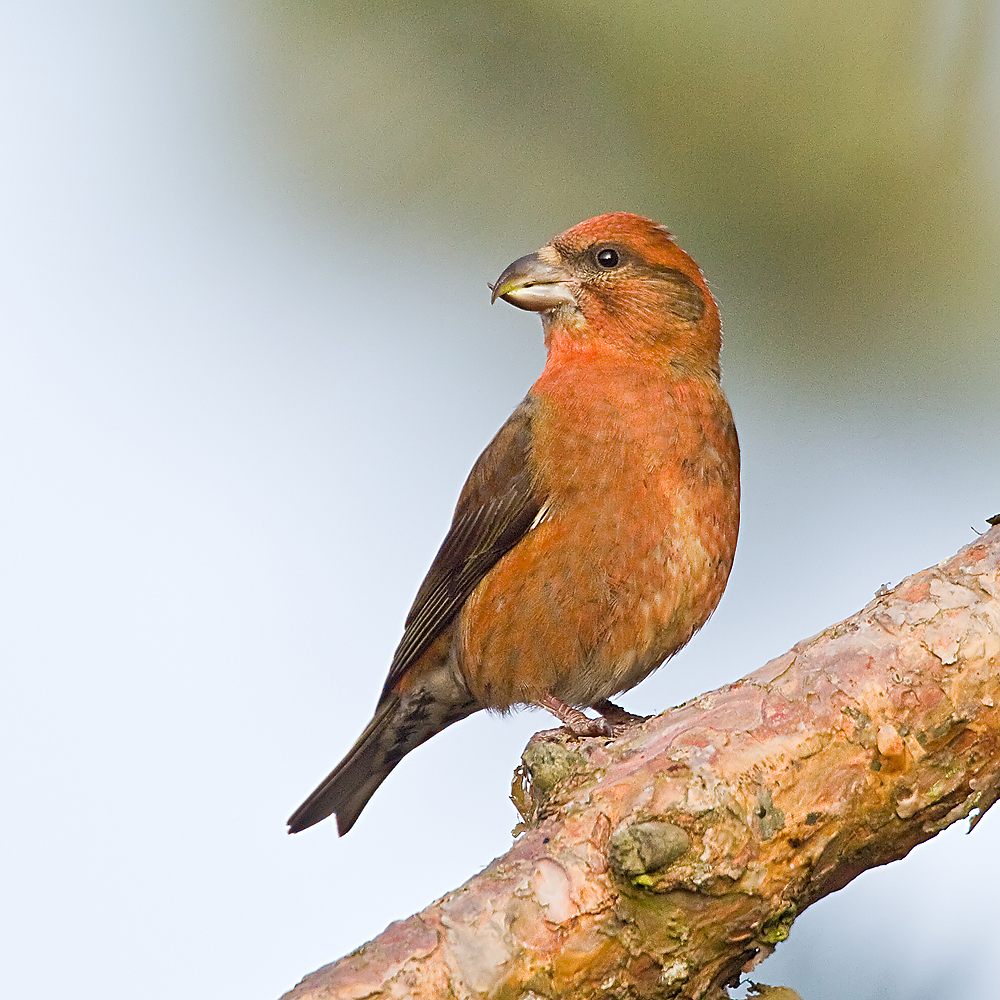
Common Crossbill, Upper Hollesley Common, Suffolk (Photo: Garth Peacock)

Rose-coloured Starling, Hordle, Hampshire (Photo: Mick Southcott)

Black Redstart, Aberystwyth, Ceredigion (Photo: Kev Joynes)

Common Buzzard, Upton Warren NR, Worcestershire (Photo: Dave Grubb)


